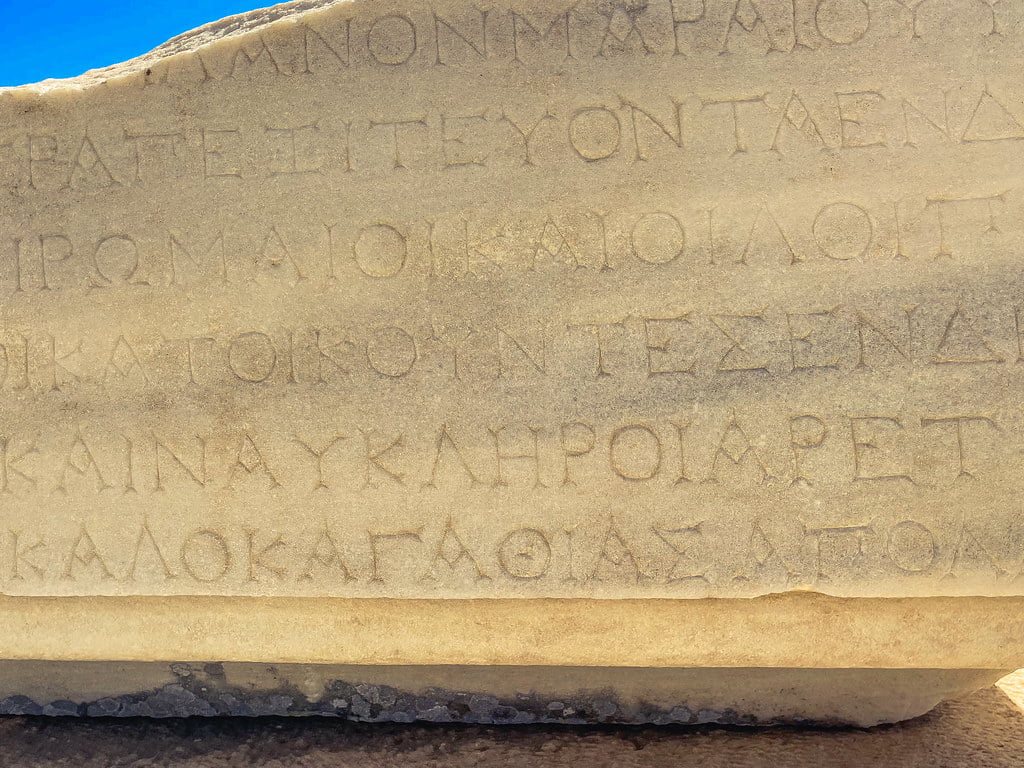One of the most iconic figures in Greek winter folklore is the kallikantzaroi, goblin-like creatures believed to roam the earth during the Twelve Days of Christmas. However, these mischievous beings are only a small part of a larger tapestry of legends in a country where superstition and tradition come together to make the winter months truly magical.
Let’s dive into the captivating world of Greek winter superstitions and the myths that bring an enchanting spark to the darkest time of the year.
The Kallikantzaroi: Greece’s Mischievous Winter Goblins
If you’ve ever heard strange noises on a dark winter night in Greece, you might have been visited by the kallikantzaroi. These mythical goblins are said to emerge from the underworld during the Twelve Days of Christmas, from Christmas Eve to Epiphany (January 6th), a period considered particularly magical and dangerous.
According to legend, the kallikantzaroi spend most of the year sawing at the World Tree, the mythical tree that supports the earth. Just as they’re about to cut it down, Christmas arrives, and they ascend to the surface to cause mischief. With their absence, the World Tree heals, and the cycle begins anew.
Descriptions of these goblins vary across regions. In some stories, they’re small and hairy with goat-like features, while in others, they resemble grotesque imps with long tails. Despite their frightening appearance, the kallikantzaroi are more mischievous than malevolent, delighting in harmless pranks like extinguishing fires, spoiling food, or overturning furniture.
To ward off these tricksters, Greeks traditionally burn logs of wild olive or sprinkle their doorways with holy water. Another popular precaution involves hanging garlic or keeping a colander by the door. Legend says the kallikantzaroi are compelled to count the holes but lack the patience to finish before sunrise, when they must retreat.
The Magic of the Twelve Days of Christmas
The Twelve Days of Christmas in Greek folklore are not just about goblins; they’re considered a time when the boundaries between the physical and supernatural worlds blur. This period, often referred to as Dodekaimero, is filled with rituals to protect homes and families from wandering spirits.
One widespread tradition is the lighting of the skarkantzalos, a yule log that burns continuously during these twelve days to keep evil at bay. Families would also avoid washing clothes or performing major household chores, believing that such activities could attract bad luck or unwanted spirits.
In some regions, children would sing special carols to scare away the kallikantzaroi, while others would sprinkle holy water around their homes after attending Epiphany’s Blessing of the Waters ceremony.
Seasonal Myths of Transformation and Survival
Greek winter folklore also features tales of transformation and survival, reflecting the hardships and mysteries of the season.
One popular story involves the neraides, or water nymphs, who are said to appear more frequently during the winter months. These enchanting but dangerous beings are often associated with rivers, springs, and wells. According to legend, those who encounter a *neraida* on a cold winter night may be lured into a trance, never to return. To avoid this fate, people would avoid traveling near water after dark.
Another chilling tale comes from Thessaly and Epirus, where villagers spoke of the strigla, a winter witch who prowled the countryside in search of children who misbehaved. This figure was often used by parents to keep kids in line during the dark, housebound days of winter.
Folklore Meets Faith: The Epiphany Connection
The culmination of the Twelve Days of Christmas on Epiphany holds special significance in Greek superstition and folklore. On this day, the Blessing of the Waters ceremony is performed, purifying rivers, seas, and wells to cleanse the world of lingering evil. It’s said that the holy water drives the kallikantzaroi back underground, where they resume their work on the World Tree.
This blending of pagan traditions with Christian practices illustrates how deeply rooted these stories are in Greek culture. While the kallikantzaroi may be mischievous, their tales serve as reminders of the power of faith and community to ward off darkness, both literal and metaphorical.
Why These Tales Endure
Greek winter superstitions and folklore are more than just stories, they’re a window into the soul of a culture that has always found ways to explain the unexplainable. Whether it’s the antics of the kallikantzaroi, the allure of the neraides, or the rituals of the Dodekaimero, these myths offer a sense of wonder and connection to the past.
So, the next time you find yourself in a Greek village on a frosty winter night, listen closely to the creaks and whispers in the darkness. Who knows? You might just catch a glimpse of a kallikantzaros sneaking around the corner, or at least a story worth sharing by the fire.









